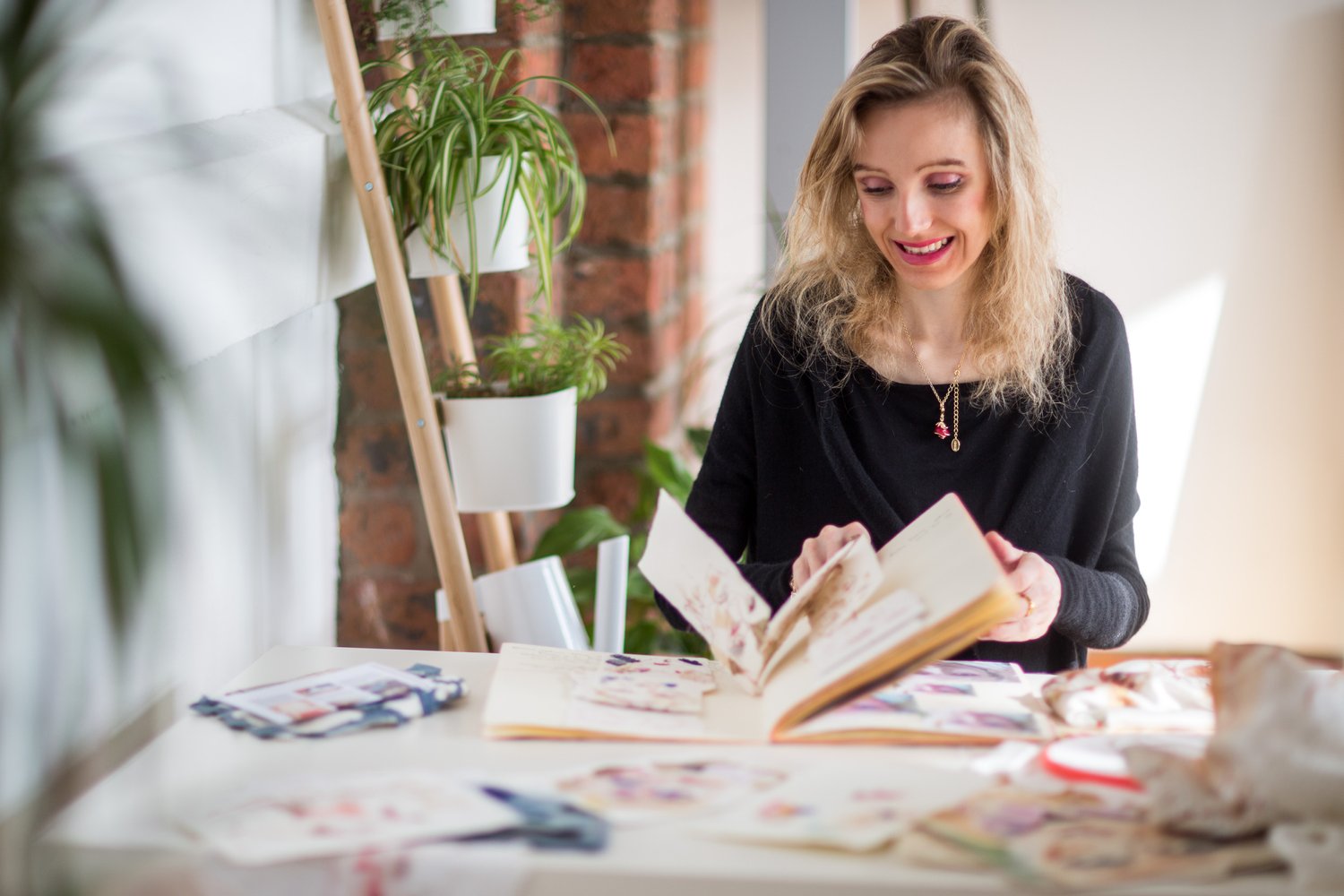Textile Protest
Artists, Activism, and the historical power of cloth in protest
Julia Triston
Batsford Books
I would like to begin by revealing to you my first noted thoughts…..
Resistance. Itchy. Universal language of stitch can convey message of weight more than its fibrous cloth. It is a book of power, it is one to be proud to have both written and own. Teachers will use it as a basis for lesson plans, it should and I see that it will become a tool within the curriculum. Tate modern. Photo style Real issues It’s an accessable volume, a catalogue…..
So now - I will bring to light some key points, within a little more orderly fashion..
Introduction
When we think of rebels, when we think of those embarking on a course of challenge, to create a change for good reason’s sake, to be brave….the fibres which make both mundane house old items and treasures of wonder are not always the first we put on the charts. Yet cloth can have a voice - it can get to where we can’t, it can stealth its way into hearts and homes, appearing quite innocently on your grannies apron or the tea towel collection in the drawer and then BANG - its message explodes….lets learn a little of how this can come about in Textile Protest.
Personal Insight
I met Julia as a teenager, I had just begun my own path in the arts, studying Fine Art. Somehow by happenstance our paths crossed and she became my teacher for years and for years after, someone who truly understood my own paths sight. She was a blessing to know, as from the day I met her I moved my heart from Fine Art to Textiles and Mixed Media - I learned to love again. Her wonder as a teacher could only come accross in her application into the written form. She already of course has two books published with this same publisher, dually written with a fellow artist. Yet this coming out on her own feels so true to her, the woman and artist she always was. So it is with a levity of heart and mind I come to read my copy of this title. Although I have a personal basis for being excited for this release, this does not inform my review to the extent of being overmuch.
The author and artist who is Julia Triston
Best taken from the Batsford website themselves so we get a correct view: ‘Julia Triston is a designer-maker and educator in stitched textiles, with over 30 years’ experience teaching in the creative industries. Julia’s work has appeared on television as well as being extensively documented in written media, and she regularly uses upcycled underwear for feminist art pieces, appearing on the Fourth Plinth in Trafalgar Square in 2012 in one of her ‘Bra-ra’ dresses. She lives in Denmark.’
Book’s content and layout
It is divided into nine sections as well as one which introduces the book.
This introduction is very important as it explains the book so well. I found that the more I thought about where Textiles had popped up in history as a method of Protest, the more I could think of and rack up, yet admittedly and maybe this will resonate with you too: I accepted so much, taken as read and let it just be taken for well….granted. Yet once you begin to notice it…..
May I point out that this is very much an educational book, it is not designed nor does it contain any instruction on the methods of Textiles.
You will learn about the Suffragettes, the Holocaust, even more recent affairs such as COVID-19 and the Grenfell Memorial.
Identity, Peace…things we all crave to are grafted into the light via Triston’s careful research.
What I personally loved about this book was its cover all - no issue is seen too evocative, too ‘hush’ to be given mention.
Who will truly get it?
The real Textile art lover who is in it for the long game, the student at school, college or uni who has an amazing teacher who uses this books and drags out of it enough to show them how wonderful and liberating this art medium can be.
Last comments
I bow to Tristons pure intellectual genius, the time taken, the hours spent bringing all of this research together is something to be humbled by. So please, do not take it for granted. Make sure that you really consider each section and the parts which have been selected to be housed within that particular section, as that is respectful to the author. I do not recommend reading it all at once, please gently keep it near. Years will go by and you may need to know about one of the events or issues she has covered, so remember this book will never go out of ‘print’ in a symbolic sense, it will always have a meaning for our day.
I as a volatile yet malleable teenager had the gift of Julia’s tuition to begin my own Textile art life. It is my hope that this most special area of art which is Textiles can keep its value to all as Julia has portrayed it - where does it, can it fit with you? Please ask yourself.
